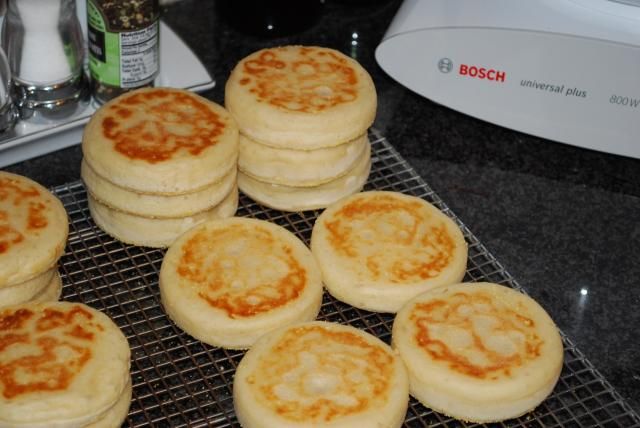
Frozen Dough Tragedy and Triumph

As a number of you know, I have experimented with freezing dough and baking it later. I have had some recent mixed results, and I thought I would share it to see if there are some things to learn from my experience. Recently, I made a wonderful Tartine sourdough with olives, herbes de provence and lemon zest, recipe link below. I froze the second loaf to bake later, and I baked it in the last few days. It was terrible--a flat, gummy disk.


It would not get done, and you can see how gummy the dough was after baking forever. The color was slightly white, looking overproofed. I did have another bad frozen dough experience recently when I left some frozen five grain dough in the Midwest and baked it from frozen after it had been frozen for some time. When I baked it, I got a small, gummy disk that also would never get done. I kind of wrote it off as it had been frozen for a long time. But, it was interesting that the exact same thing happened again back in my home kitchen in California with the olive loaf, which hadn't been frozen for very long. The gummy olive loaf sure didn't look like the original loaf below, with recipe link:


http://www.thefreshloaf.com/node/39505/tartine-sourdough-olives-lemon-zest-and-herbes-de-provence
Interestingly, I had frozen some other dough a few days before the olive dough, when I made Ian's semolina porridge bread for the first time. When I made the first loaf, it was tasty, but was a bit flat as you can see in the photos below.


The crumb was fine, but I just didn't get the lift. Ian suggested less hydration, so I tried something different on the second loaf, which I baked from frozen. I defrosted it and kneaded in more flour and sprinkled it with a bit of yeast to try and get some lift. It turned out very well when I baked it today, as you can see below.


The crumb came out very well, and the bread was just delicious! Thanks, Ian. The crumb was just right.


It is interesting that this dough had been frozen longer than the olive loaf. All of the doughs I have frozen recently had pretty high hydration. Is that a clue? If so, why did the semolina loaf turn out so well, as it was high hydration like the other two that ended up as flat, gummy disks? I have another five grain frozen, which has been frozen for some time, so that will be my next experiment. Perhaps if the dough seems too wet, I should knead in flour as I did with the frozen loaf I made from Ian's recipe. So many questions to pursue! Thought you would enjoy the results of my recent experiments. Best, Phyllis
Here is the link to Ian's recipe:
http://www.thefreshloaf.com/node/39261/semolina-kamut-porridge-bread



















